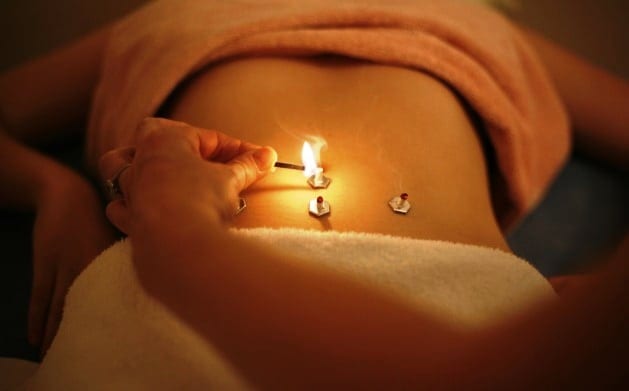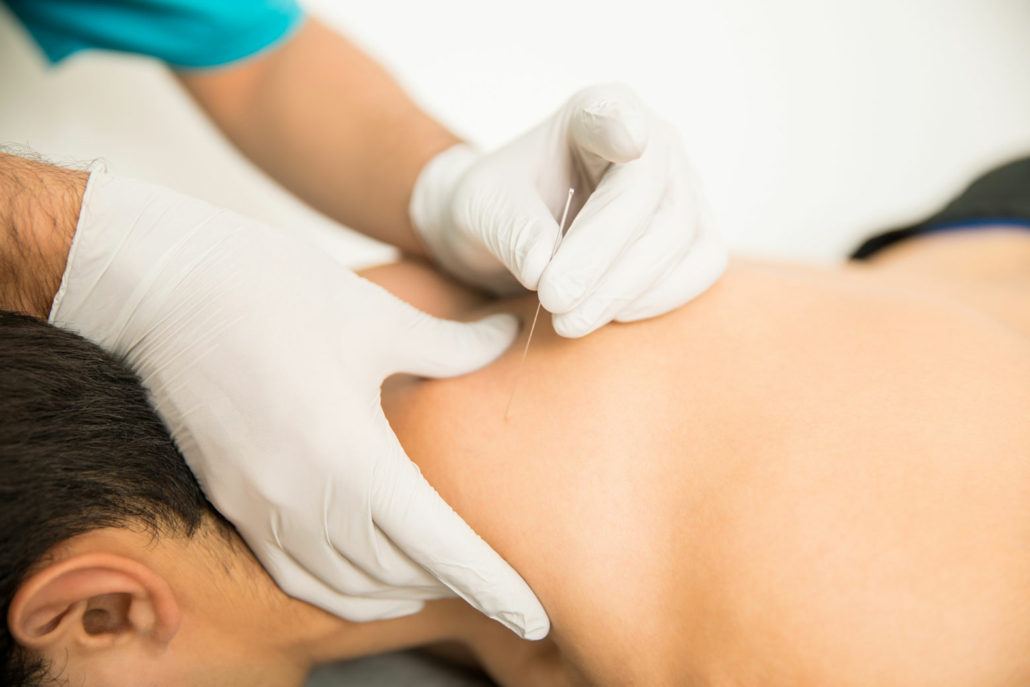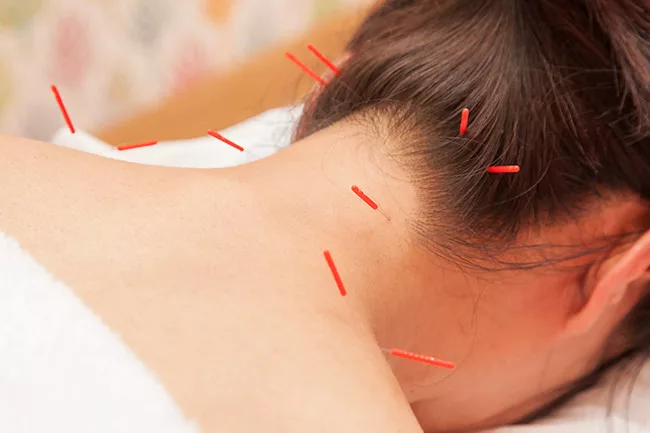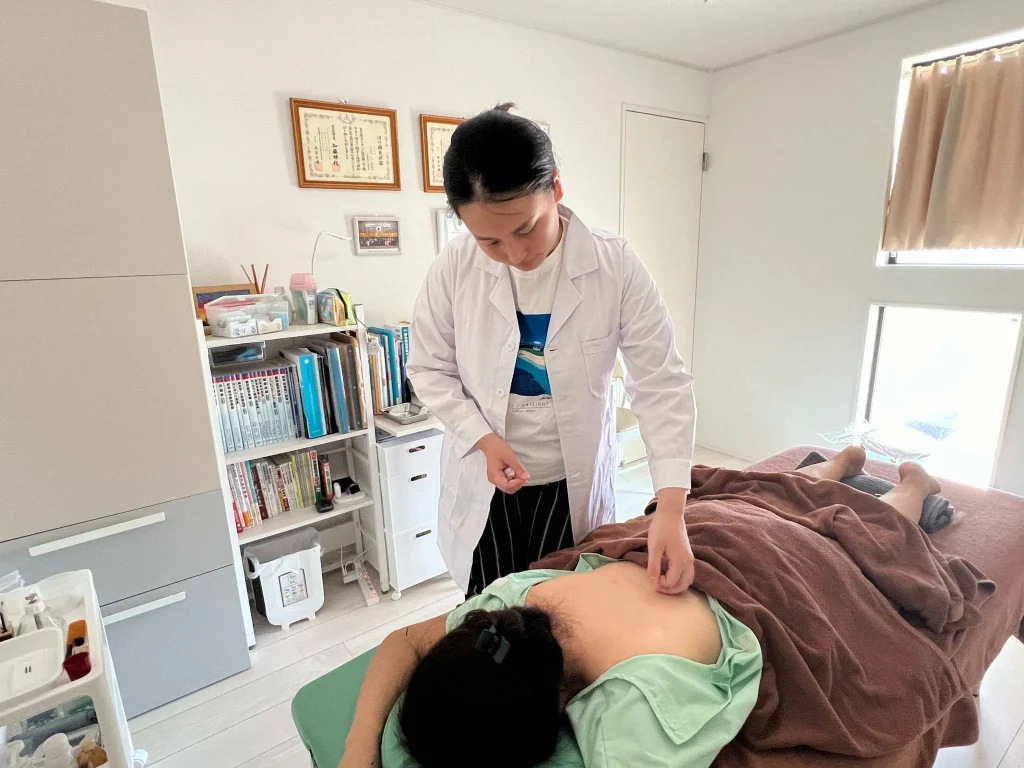Introduction to Acupuncture in Japan
Acupuncture, a practice that involves inserting fine needles into specific points on the body to promote healing, has been a cornerstone of traditional medicine in Japan for over a millennium. While its origins lie in China, acupuncture in Japan has evolved into a distinct practice, shaped by Japanese culture, philosophy, and medical advancements. Today, it is widely recognized as a complementary therapy for various health conditions, from chronic pain to stress relief.
This article delves into the history, techniques, benefits, and modern applications of acupuncture in Japan, offering insights for those seeking natural and holistic health solutions.

The History of Acupuncture in Japan
Acupuncture was introduced to Japan from China via Korea around the 6th century AD, during the Asuka period. Buddhist monks and scholars brought medical texts, including those on acupuncture, which were adapted to suit Japanese sensibilities. By the Edo period (1603–1868), acupuncture had become a formalized medical practice, with schools and practitioners dedicated to refining techniques.
Unlike its Chinese counterpart, which often emphasizes robust stimulation, Japanese acupuncture developed a gentler approach. This was partly due to the influence of blind acupuncturists, who, during the Edo period, dominated the profession due to limited career options for the visually impaired. Their heightened sense of touch led to the development of precise, delicate needling techniques that remain a hallmark of acupuncture in Japan today.
Key Characteristics of Japanese Acupuncture
Acupuncture in Japan is distinguished by several unique features:
- Gentle Needling Techniques: Japanese acupuncture uses thinner needles and shallower insertions compared to Chinese methods. This minimizes discomfort and appeals to patients seeking a less invasive experience.
- Meridian-Based Approach: Practitioners focus on balancing the body’s energy, or ki (qi), through meridians—pathways that connect acupuncture points. This approach aligns with traditional Japanese concepts of harmony and balance.
- Palpation and Diagnosis: Japanese acupuncturists often rely on touch to assess the body’s condition, palpating the abdomen (hara) and pulse to identify imbalances. This diagnostic method, known as Fukushin, is unique to Japanese practice.
- Moxibustion Integration: Moxibustion, the burning of mugwort (moxa) near acupuncture points, is frequently combined with needling to enhance therapeutic effects. In Japan, moxibustion is often applied with precision using small cones or rice-grain-sized amounts.
These characteristics make acupuncture in Japan particularly suitable for sensitive patients, including children and the elderly.

Benefits of Acupuncture in Japan
The benefits of acupuncture in Japan are well-documented, both in traditional practice and modern clinical settings. Some key advantages include:
- Pain Management: Acupuncture is widely used to alleviate chronic pain, such as back pain, arthritis, and migraines. Studies suggest that acupuncture stimulates the release of endorphins, the body’s natural painkillers.
- Stress and Anxiety Relief: By regulating the nervous system, acupuncture promotes relaxation and reduces stress-related symptoms, making it popular in Japan’s fast-paced urban centers like Tokyo and Osaka.
- Improved Digestion: Acupuncture can address digestive issues, such as irritable bowel syndrome (IBS) and bloating, by targeting specific meridians.
- Enhanced Energy and Sleep: Many patients report improved energy levels and better sleep quality after acupuncture sessions, as the treatment balances the body’s energy flow.
- Support for Chronic Conditions: From allergies to infertility, acupuncture is used as a complementary therapy to support conventional treatments.
In Japan, acupuncture is often integrated into mainstream healthcare, with many hospitals and clinics offering it alongside Western medicine.

Modern Acupuncture Practices in Japan
Today, acupuncture in Japan is a regulated profession, with practitioners required to obtain a national license through rigorous training and examinations. The Japanese government recognizes acupuncture as a legitimate medical practice, ensuring high standards of safety and efficacy.
Modern acupuncture clinics in Japan combine traditional techniques with cutting-edge technology. For example, some practitioners use electro-acupuncture, where mild electrical currents are applied to needles to enhance stimulation. Others incorporate laser acupuncture, a needle-free option for those wary of traditional needling.
Urban areas like Tokyo, Kyoto, and Osaka are home to numerous acupuncture clinics catering to both locals and international visitors. Many clinics offer English-speaking services, making acupuncture in Japan accessible to tourists seeking alternative therapies.
Acupuncture for Specific Conditions
Acupuncture in Japan is tailored to address a wide range of health concerns. Here are some common applications:
- Chronic Pain: Conditions like sciatica, neck pain, and joint issues are effectively managed with acupuncture, often reducing the need for pain medications.
- Mental Health: Acupuncture is increasingly used to support mental health, helping with conditions like depression, anxiety, and insomnia.
- Women’s Health: From menstrual irregularities to fertility challenges, acupuncture is a popular choice for women seeking natural solutions.
- Sports Injuries: Athletes in Japan often turn to acupuncture for faster recovery from sprains, strains, and muscle fatigue.

Finding an Acupuncturist in Japan
If you’re interested in experiencing acupuncture in Japan, here are some tips for finding a reputable practitioner:
- Check Credentials: Ensure the acupuncturist is licensed by the Japanese Ministry of Health, Labour and Welfare. Licensed practitioners have completed extensive training and adhere to strict safety standards.
- Seek Recommendations: Ask for referrals from locals or check online reviews on platforms like Google or TripAdvisor, especially for English-speaking clinics.
- Visit Established Clinics: Major cities like Tokyo and Kyoto have well-known acupuncture centers, such as the Tokyo Acupuncture Clinic or the Kyoto Traditional Medicine Center.
- Consider Language: Many clinics in tourist-friendly areas offer services in English, making it easier for international visitors to communicate their needs.
Cultural Significance of Acupuncture in Japan
Acupuncture is more than a medical practice in Japan—it’s a reflection of the country’s emphasis on balance, mindfulness, and holistic well-being. Rooted in Zen and Shinto philosophies, acupuncture in Japan aligns with the cultural value of harmony between body, mind, and environment. This resonates deeply with patients seeking natural, non-invasive treatments.
The practice also holds a special place in Japanese history due to the contributions of blind acupuncturists, whose legacy continues to influence modern techniques. Events like the annual Hari Matsuri (Needle Festival), where used acupuncture needles are ceremonially retired, highlight the cultural reverence for this practice.

Acupuncture for Tourists in Japan
For visitors to Japan, trying acupuncture can be a unique cultural experience. Many clinics offer introductory sessions designed for tourists, often combining acupuncture with moxibustion or shiatsu massage. These sessions provide a glimpse into Japan’s holistic approach to health while addressing travel-related issues like jet lag or muscle tension.
Popular destinations for acupuncture include:
- Tokyo: Home to modern clinics with English-speaking staff.
- Kyoto: Known for traditional acupuncture practices rooted in Japanese heritage.
- Osaka: Offers a mix of modern and traditional acupuncture experiences.
Booking in advance is recommended, especially during peak travel seasons.
Safety and Considerations
Acupuncture in Japan is generally safe when performed by licensed professionals. However, there are a few considerations to keep in mind:
- Sterility: Licensed clinics use disposable, single-use needles to prevent infections.
- Medical History: Inform your acupuncturist about any medical conditions, medications, or allergies to ensure a safe treatment plan.
- Mild Side Effects: Some patients may experience temporary soreness or bruising at needle sites, but these effects are typically mild and short-lived.
Always consult with a healthcare provider if you’re considering acupuncture as a complementary treatment for serious conditions.
The Future of Acupuncture in Japan
As Japan continues to blend tradition with innovation, acupuncture in Japan is poised for further growth. Research into its efficacy is expanding, with studies exploring its role in areas like neurology and immunology. Additionally, the global rise in interest in holistic health is driving demand for Japanese acupuncture, both domestically and internationally.
The integration of technology, such as AI-driven diagnostic tools and virtual consultations, is also shaping the future of acupuncture. These advancements promise to make acupuncture in Japan more accessible and personalized.

Conclusion
Acupuncture in Japan offers a unique blend of ancient wisdom and modern innovation, making it a compelling option for those seeking natural health solutions. Whether you’re a local or a tourist, exploring this time-honored practice can provide physical relief, mental clarity, and a deeper connection to Japanese culture. From its gentle techniques to its holistic philosophy, acupuncture in Japan continues to thrive as a testament to the power of balance and harmony in healing.
If you’re ready to experience acupuncture in Japan, start by researching licensed clinics in your area or travel destination. With its rich history and proven benefits, acupuncture is a journey worth taking for your health and well-being.
- Top 10 Acupuncture Clinics for Foreigners in Tokyo: Unlock Holistic Healing in Japan’s Capital
- Diffuse Idiopathic Skeletal Hyperostosis and Acupuncture Treatment
- Acupuncture in Japan: A Deep Dive into Tradition and Modern Practice
- Top 10 Acupuncture Clinics for Foreigners in Japan: Your Guide to Holistic Healing
- Top 10 Acupuncture Clinics in Tokyo: Discover Holistic Healing
